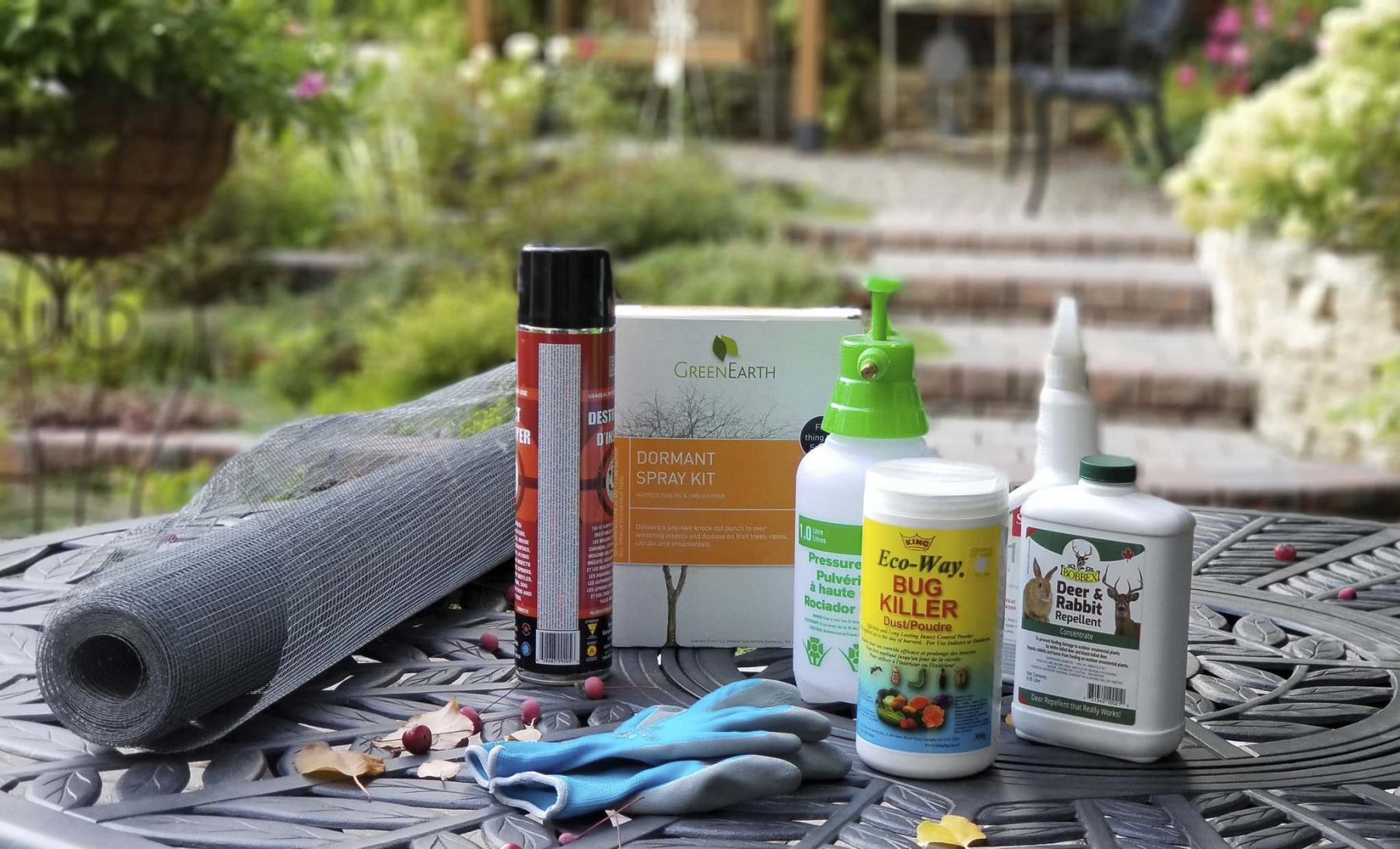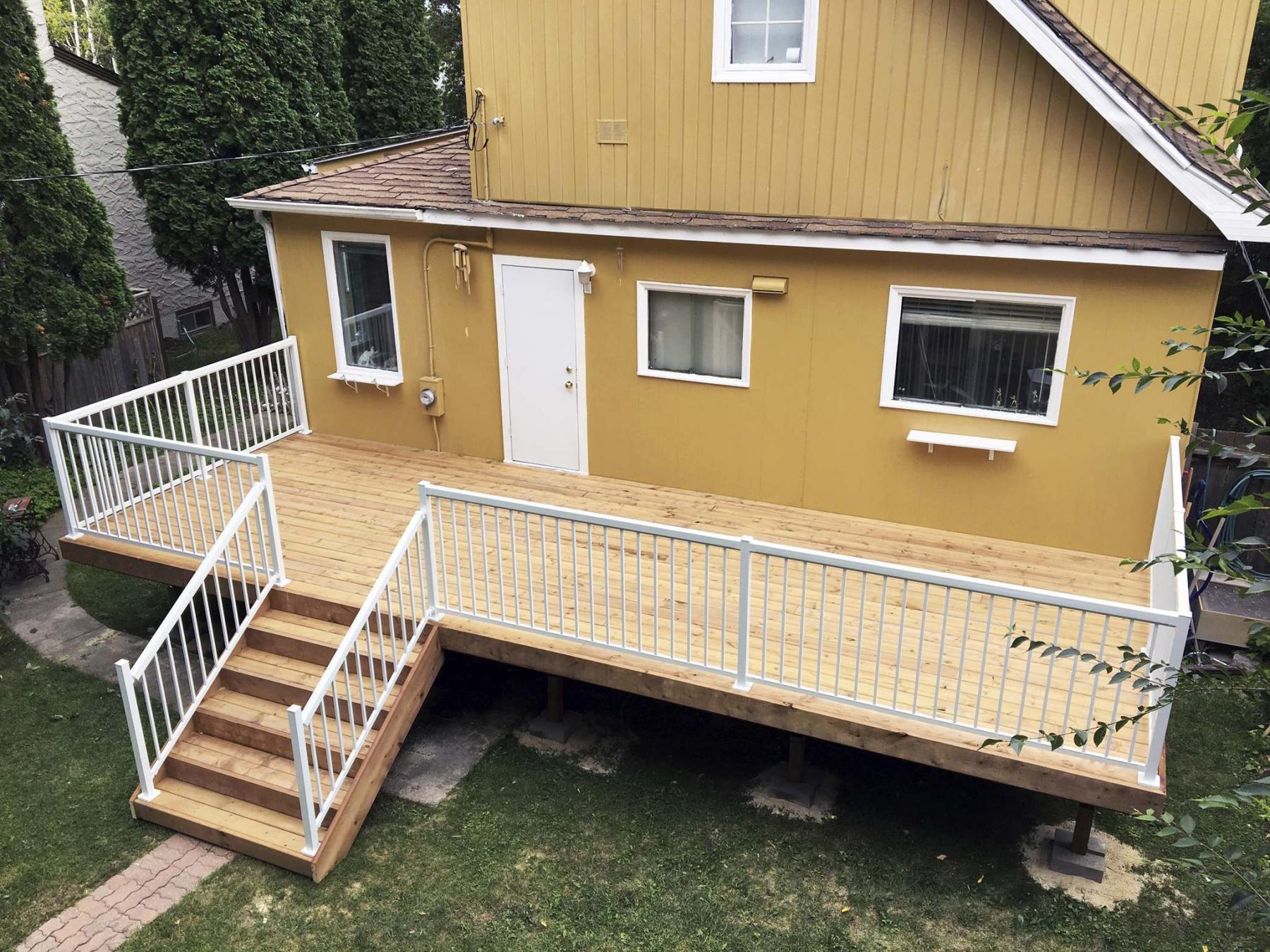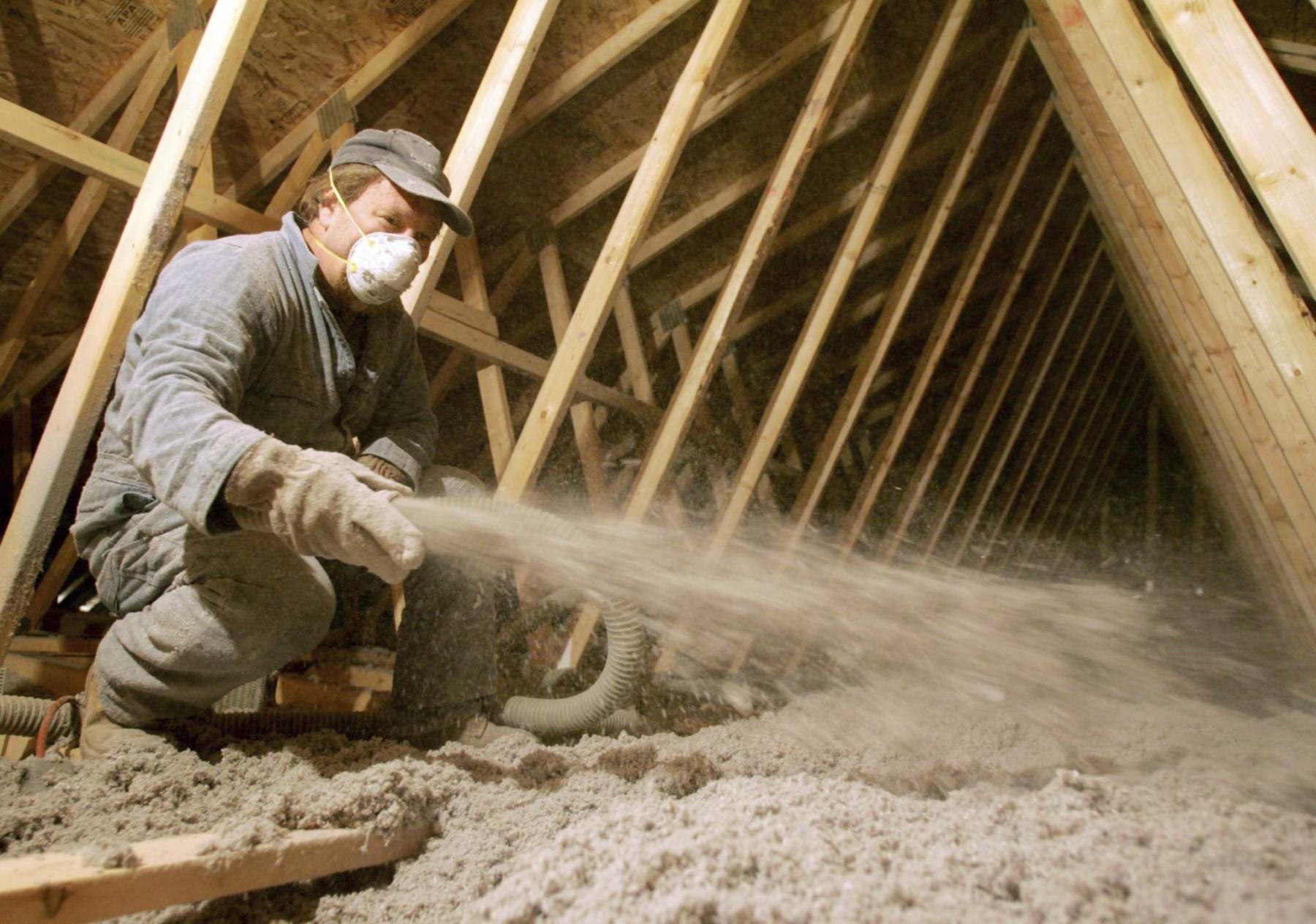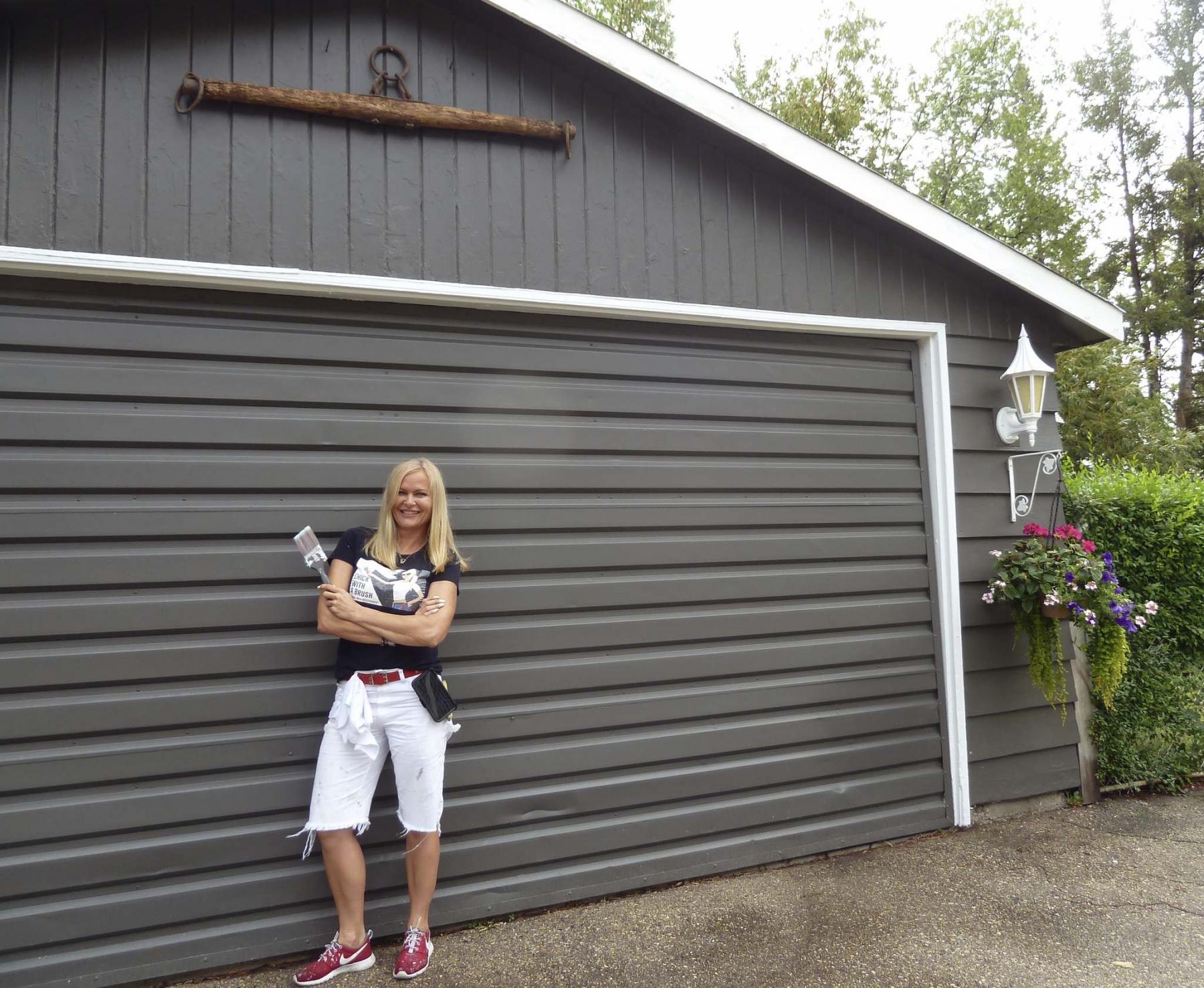Renovation & Design
Renovation & Design
When it comes to renovations, have a plan for your contractor
Remodelling your home and other contracting jobs can be stressful, expensive and time-consuming. But when you work with a contractor, you’re establishing a temporary but crucial interaction in your life. A contractor may spend days, weeks or even months in your home. The relationship you build with them will help determine the success of your project. Here are some tips to build the best bond with your pro:
Be realistic
TV shows, websites, magazines and Pinterest boards offer a wide array of content and inspirational ideas to help launch your home projects. But never forget that media can be edited and curated. Hours or days of effort can disappear behind a single scene cut. So don’t let mass media give you the wrong impression about the remodelling process. When you talk to a pro, make sure you have a realistic idea in mind of how things work — and trust their judgment.
Know what you’re getting into
The least expensive change to make to your project is the one you make before a single nail has been hammered. The clearer your idea of the scope and direction of your project, the more easily you’ll head off delays or extra costs. Every project changes over time, but a clear plan and understanding of what you’re doing will work wonders for the final product.
Give them space
One of the biggest ways you can help a remodeller is by providing a dedicated space for them to keep their tools and materials. This helps keep the project running smoothly. Plus, you’ll save them time required to set up and remove equipment. Not only does this get the job done faster, it translates directly into dollars saved on your cost.
Don’t put off decisions
Remodelling requires a steady flow of logistics, supplies and workers. If you don’t make timely decisions on questions with hard deadlines, you can cause delays — not only on your own job, but those of other homeowners as well. You expect your contractor to hit their deadlines, so respect their time by doing the same in return. Ultimately, you’re responsible for keeping your project on schedule.
Be mindful of your presence
There’s nothing wrong with being a hands-on client — in fact, an engaged homeowner can lead to the best outcome. But be careful how you interact with workers on the job site. You can distract workers and prolong their process. And if you have an issue with how individual workers are doing their jobs, it’s best to take it up with the supervisor or general contractor, rather than try to intervene yourself. Micromanaging tends to create more problems than it solves. Make an effort to stay involved without being obtrusive. For instance, by requesting regular walkthroughs and status updates, you’ll stay engaged without disrupting work.
— Tribune News Service
Renovation & Design
Milk will last for as long as two hours at room temperature
Question: How long can milk sit out before it needs to be refrigerated? — Grace
Answer: Milk can sit out at room temperature for two hours and still be safe. After two hours, dump the milk out, wash the cup and refill.
Question: I hate the thought of wasting half an egg by throwing the yolk in the garbage. What can I do with the egg yolk besides throwing it out? — Orlin
Answer: Leftover egg yolks can be refrigerated for a few days or you can also freeze them. To use them, thaw in refrigerator and then beat well. They will keep in the freezer for as long as three months. Use egg yolks to add to meatloaf or homemade mayonnaise, custard or pudding.
If you would rather not eat egg yolks, use them in homemade hair conditioners because of their ability to improve the softness of hair and to reduce the occurrence of frizz. Many people also use egg-yolk hair conditioners to reduce hair loss.
As well, egg yolks contain vitamin A, which is used in many skincare products, designed to target acne. To use egg yolks as a mask, simply break up the yolks with a fork and spread it over your face and neck (avoid eyes). Leave to dry and then rinse with cool water.
Or feed egg yolks to your outdoor friends. Simply boil the yolks in water and throw them outside for birds, squirrels and chipmunks. Or mix yolks with nuts or berries and zap them in the microwave for a few seconds before tossing them out the door.
Question: I have a problem with several doors that I painted sticking in their door frames. They were originally stained wood doors and I painted them all a lighter colour. I used one coat of good primer and then two coats of higher-end paint on the doors and frames. I let them dry for several days before re-hanging them in their frames.
Since then, the doors stick slightly when being opened, which is noisy and annoying if others are sleeping when an early riser tries to quietly exit in the morning. Is there any solution that doesn’t involve extensive sanding (or replacement)? It’s not just at the very top of the door and it has been a year since I painted them. — Dee
Answer: In some cases, as the weather becomes colder, the doors will stop sticking on their own. But since you have dealt with squeaky doors for a year, you can try to tighten the hinges and use a cotton swab to apply petroleum jelly to the hinges. Next, rub paraffin or paste wax onto the door jambs.
If that doesn’t fix the sticking, secure transparent tape inside the door jambs. If all else fails, lightly sand the areas — not to remove the paint, but just to add roughness to the sticky areas.
Have a great suggestion or tip? Please send an email at: reena.ca. Note: Every user assumes all risks of injury or damage resulting from the implementation of any suggestions in this column. Test all products on an inconspicuous area first. Reena Nerbas is a popular motivational presenter for large and small groups; check out her website at reena.ca.









